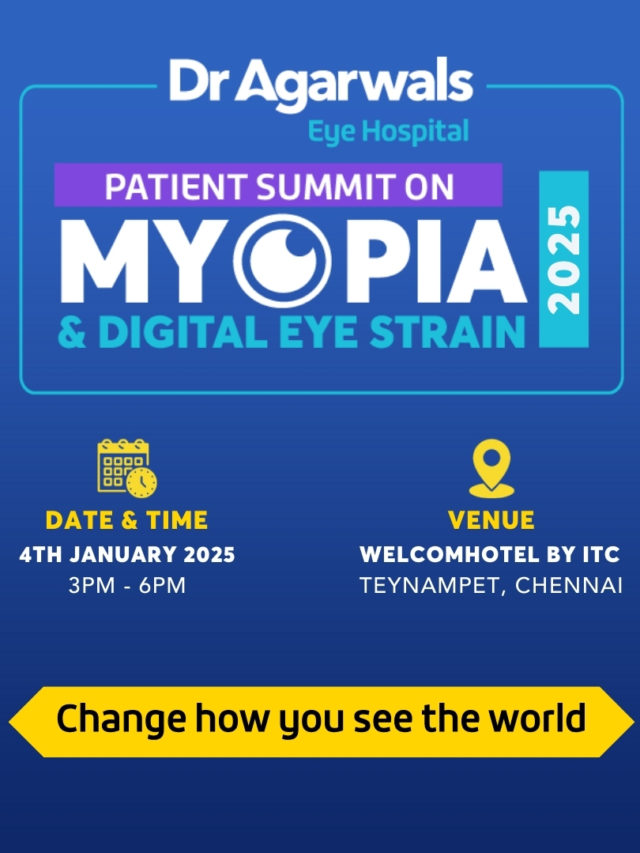Choroiditis is a term used to describe inflammation of the choroid, a vascular layer of the eye located between the retina and the sclera. This condition can have a significant impact on vision and ocular health. Inflammatory આંખના રોગો, including choroiditis, are complex conditions that require careful diagnosis and management. This article aims to provide an in-depth understanding of choroiditis, its causes, symptoms, diagnosis, and available treatment options.
કારણો અને જોખમ પરિબળો
Choroiditis can be caused by various factors, including infections, autoimmune diseases, and systemic inflammatory conditions. Some common causes and risk factors include:
- Infections: Bacterial, viral, or fungal infections can lead to choroiditis. These infections may directly affect the choroid or result from systemic infections that spread to the eyes.
- Autoimmune Diseases: Conditions such as sarcoidosis, rheumatoid arthritis, and lupus are associated with inflammatory responses that may target the choroid.
- Idiopathic: In some cases, the exact cause of choroiditis may remain unknown, leading to the term “idiopathic choroiditis.”
લક્ષણો
Choroiditis can present with various symptoms, and the severity can vary among individuals. Common symptoms include:
- ઝાંખી દ્રષ્ટિ: Inflammation of the choroid can lead to blurred or distorted vision.
- આંખનો દુખાવો: Some individuals may experience eye pain, especially when looking at bright lights.
- ફોટોફોબિયા: Sensitivity to light is a common symptom of choroiditis.
- ફ્લોટર્સ: Dark spots or floaters in the field of vision may be present.
- લાલાશ: Inflammation often leads to redness in the affected eye.
નિદાન
Diagnosing choroiditis involves a comprehensive eye examination and may include additional tests such as:
- ઓપ્થાલ્મોસ્કોપી: This involves examining the back of the eye using a special instrument called an ophthalmoscope.
- ફ્લોરોસીન એન્જીયોગ્રાફી: A dye is injected into the bloodstream, and images are taken to highlight blood flow in the eye.
- ઓપ્ટિકલ કોહેરેન્સ ટોમોગ્રાફી (OCT): This imaging technique provides detailed cross-sectional images of the retina, allowing for a more precise assessment of the extent of inflammation.
- રક્ત પરીક્ષણો: Testing for autoimmune markers and infectious agents may be performed to identify the underlying cause.
સારવાર વિકલ્પો
The choice of treatment for choroiditis depends on the underlying cause and the severity of inflammation. Common treatment options include:
- કોર્ટીકોસ્ટેરોઈડ્સ: These anti-inflammatory medications can be administered orally, topically, or through injections to reduce inflammation.
- Antibiotics or Antivirals: If the choroiditis is caused by an infection, appropriate antimicrobial agents may be prescribed.
- Biological Therapies: In some cases, biologic drugs targeting specific components of the immune system may be recommended.
- Lifestyle Modifications: Protecting the eyes from bright light and wearing sunglasses can help manage symptoms.
પૂર્વસૂચન
The prognosis for choroiditis varies, and early diagnosis and appropriate treatment are crucial for preserving vision and preventing complications. Some cases may resolve with treatment, while others may require ongoing treatment to control inflammation.
Hence, choroiditis is a complex inflammatory eye disease that demands careful attention and management. With advancements in diagnostic tools and treatment options, ophthalmologists can tailor interventions to the specific needs of each patient. Individuals experiencing symptoms of choroiditis should seek prompt medical attention to ensure timely diagnosis and appropriate care, ultimately optimising the chances of preserving vision and maintaining ocular health. Regular eye examinations are also essential for those at risk of developing inflammatory eye diseases, allowing for early detection and intervention.








